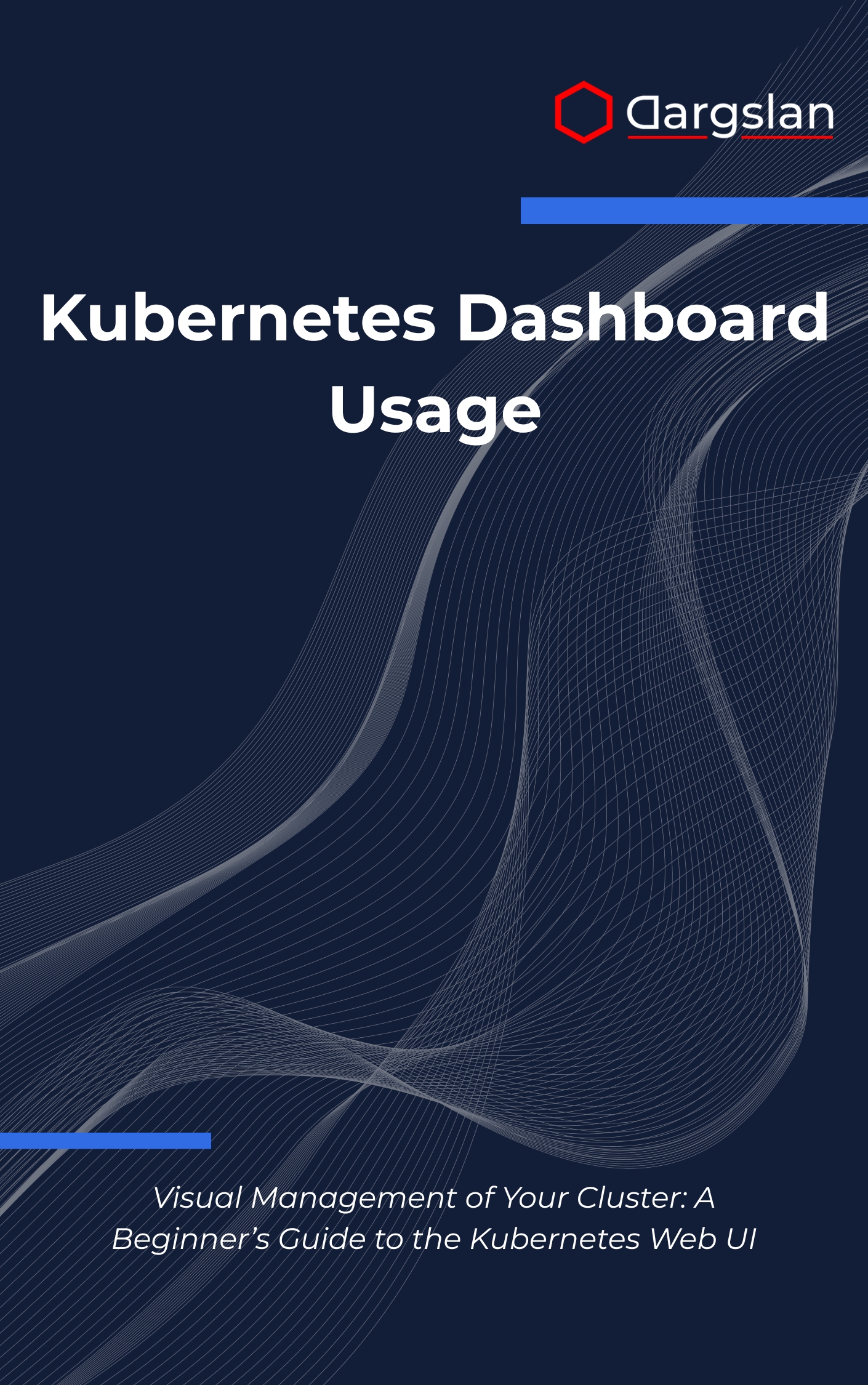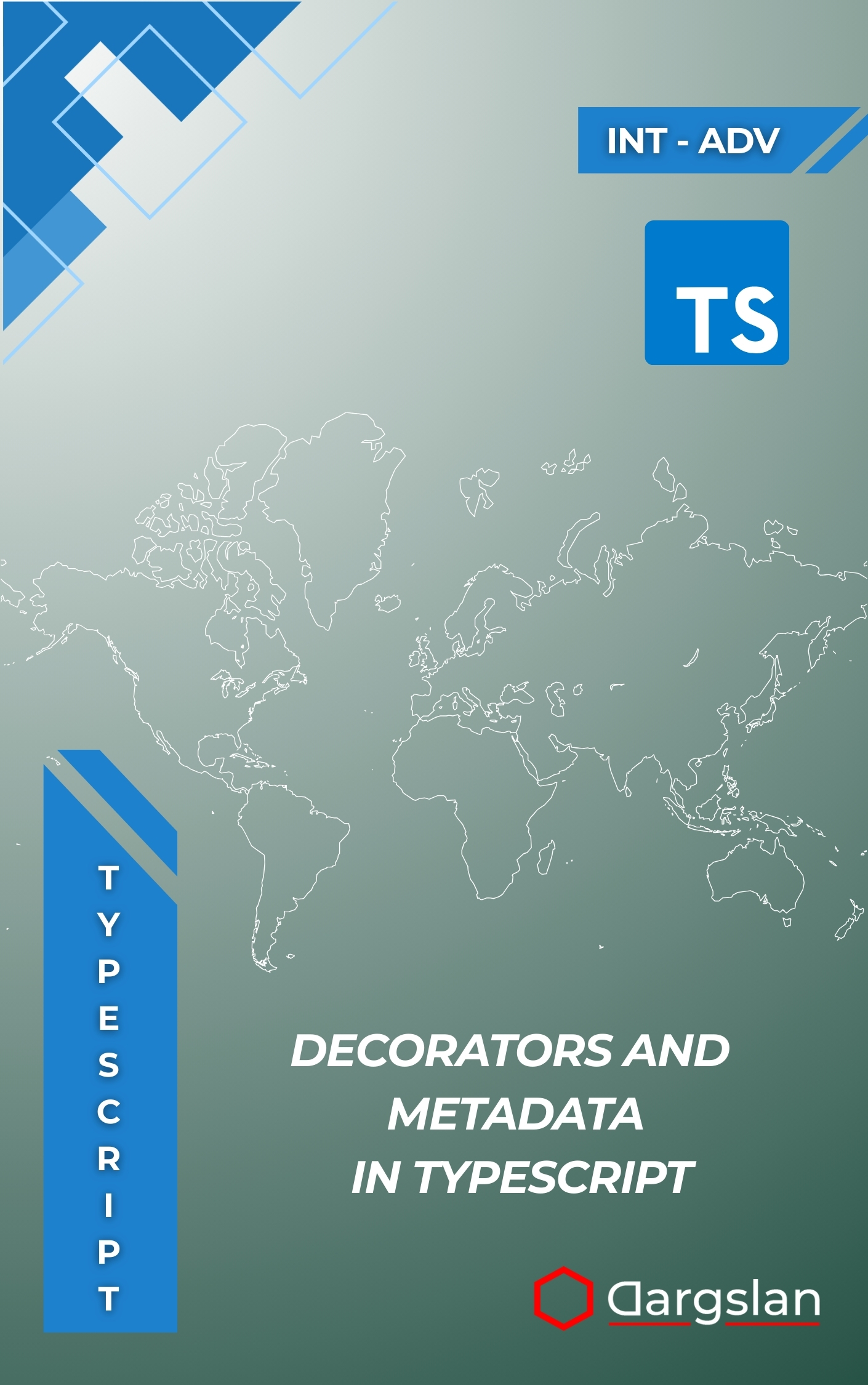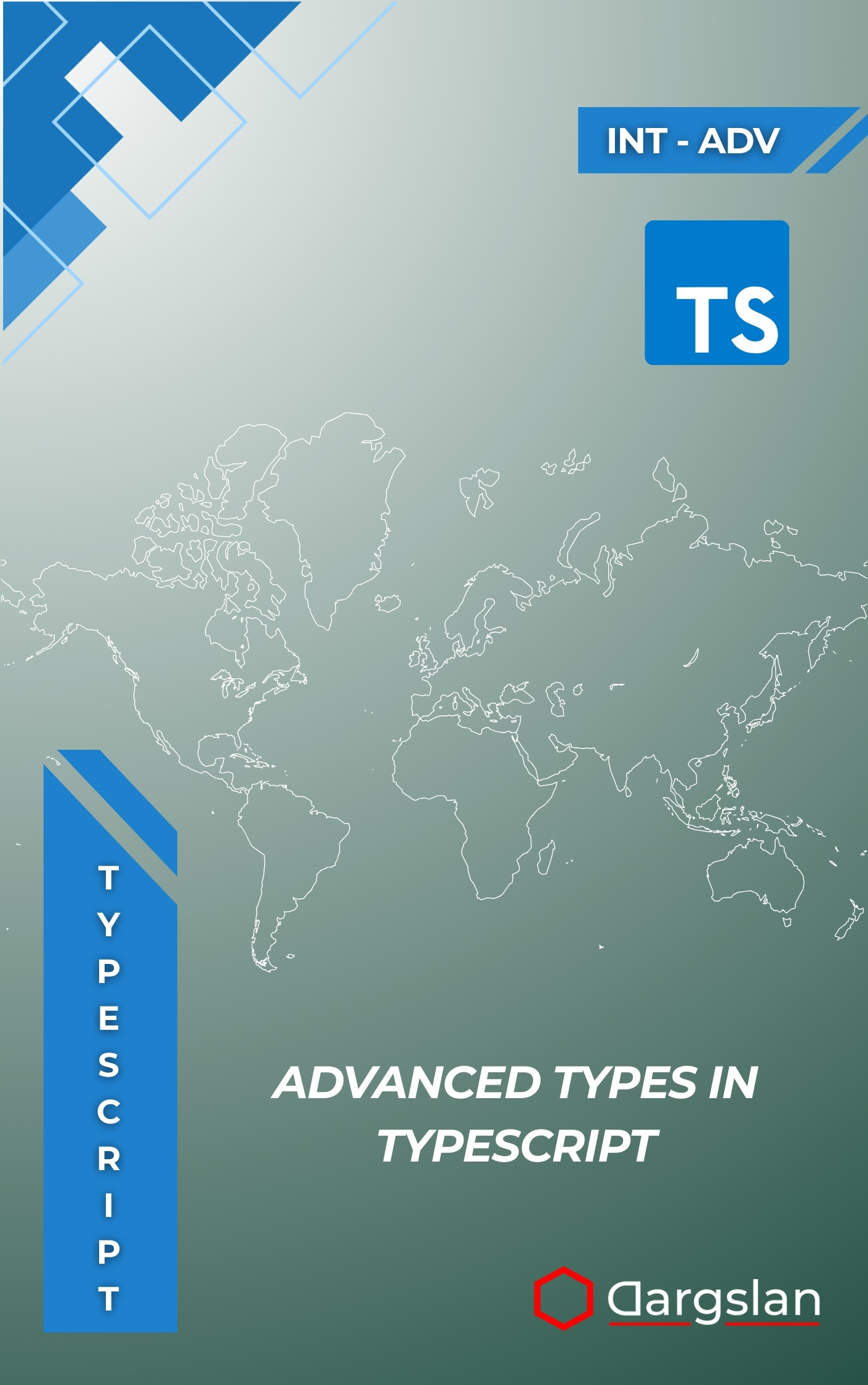Kubernetes Dashboard Usage
Kubernetes Dashboard: Visual Management,Manage Kubernetes visually with the official Dashboard for real-time monitoring.

Managing Kubernetes doesn’t have to be intimidating. With the right visual tools and a clear, step-by-step approach, you can turn complex cluster operations into confident, routine workflows. This beginner-friendly guide shows you how to harness the official web UI to deploy, observe, secure, and troubleshoot your workloads with clarity and speed.
Visual Management of Your Cluster: A Beginner’s Guide to the Kubernetes Web UI
Overview
Kubernetes Dashboard Usage is your practical roadmap to mastering Kubernetes through an intuitive web interface. In clear language and short, focused chapters, Visual Management of Your Cluster: A Beginner’s Guide to the Kubernetes Web UI walks you from first-time setup to advanced cluster operations, making Kubernetes feel approachable whether you’re exploring development, testing, or production environments.
Inside, you’ll find Kubernetes Dashboard installation, secure authentication and access control, visual cluster navigation and interface mastery, workload management and deployment techniques, services and networking configuration, storage and configuration management, RBAC implementation and user management, pod inspection and log analysis, application deployment workflows, troubleshooting and error resolution, security best practices and limitations, and multi-platform deployment strategies—making this an essential IT book, programming guide, and technical book for modern cloud-native teams.
Who This Book Is For
- Developers and DevOps beginners who want a visual, low-friction way to learn Kubernetes fundamentals. You’ll deploy apps, inspect resources, and understand relationships between pods, services, and deployments without getting lost in command-line complexity.
- System administrators, SREs, and platform engineers aiming to streamline everyday operations. Learn how to authenticate safely, manage permissions with RBAC, and quickly diagnose issues through logs and pod details to keep environments healthy.
- Cloud professionals preparing for production responsibilities. If you’re moving from local clusters to managed services, this guide gives you the confidence and checklists to operate across Minikube, Kind, GKE, EKS, and AKS with consistency.
Key Lessons and Takeaways
- Install and secure the Dashboard the right way. Follow proven patterns for deploying the web UI, setting up access tokens, and restricting permissions to only what’s needed—whether you’re experimenting locally or integrating with a cloud provider.
- Master visual navigation and workload control. Understand the interface layout, filter and search resources, and perform safe actions like scaling deployments, restarting pods, or revealing configuration details to accelerate everyday tasks.
- Troubleshoot with precision and speed. Use built-in log viewers, event timelines, and status indicators to identify common errors, validate network paths, and resolve configuration drift without guesswork.
Why You’ll Love This Book
This guide combines clarity with hands-on practicality. Each chapter is packed with concise explanations, real-world scenarios, and complete YAML examples you can apply immediately. You’ll move from basic exploration to confident operations, always with an eye on security, standard practices, and the limits of what the Dashboard should—and should not—do.
How to Get the Most Out of It
- Start local, then scale up. Begin with foundational chapters on Dashboard setup and navigation, then progress to workloads, networking, storage, and RBAC before tackling cloud specifics for GKE, EKS, and AKS.
- Apply as you read. Mirror each chapter in a safe environment using Minikube or Kind, and replicate the same patterns in managed clusters to build muscle memory and real operational confidence.
- Practice with mini-projects. Deploy a sample microservice, expose it via a Service and Ingress, attach a PersistentVolumeClaim, configure ConfigMaps and Secrets, then simulate a failure to practice log analysis and rollback strategies.
Deep-Dive Highlights You’ll Explore
- Security-first setup: Learn authentication methods, create service accounts with minimal privileges, and apply RoleBindings that map to real team roles. You’ll understand when to use kubeconfig vs. tokens and how to keep credentials safe.
- Visual cluster navigation: Grasp how namespaces, workloads, services, and storage objects relate—and use the interface to move smoothly between resources. Speed up root-cause analysis by linking from a Deployment to its ReplicaSets and Pods in a click.
- Workload management: Perform zero-downtime updates, pause and resume rollouts, and verify health checks visually. Confirm resource requests and limits, and balance performance with cost through simple, repeatable tweaks.
- Networking clarity: Map Services to endpoints, confirm selectors, and validate traffic paths. When something breaks, you’ll know which screen to open, what to check first, and how to verify the fix.
- Storage and configuration: Confidently create ConfigMaps and Secrets, attach volumes to Pods, and choose storage classes that fit your environment. See how changes propagate and how to keep sensitive data protected.
- RBAC implementation: Translate team responsibilities into practical roles and permissions. The book shows how to audit access, minimize blast radius, and maintain governance without slowing development.
- Troubleshooting and resilience: Decode pod statuses, investigate events, and analyze logs to spot misconfigurations early. You’ll also learn where the Dashboard’s limits end and when to switch to kubectl or specialized tools.
- Multi-platform workflows: Follow platform-specific notes for Minikube and Kind locally, then move confidently into GKE, EKS, and AKS using provider-aware steps and security recommendations.
Real-World Benefits
Whether you’re building a new platform or stabilizing an existing one, this visual approach shortens the learning curve and cuts time-to-diagnosis. You’ll bring consistency to routine tasks—like deploying features, examining logs, and validating network paths—while aligning with security best practices and operational guardrails.
Most importantly, you’ll know when to use the Dashboard, when to drop to the CLI, and how to combine both effectively for faster, safer delivery.
What Sets This Guide Apart
- Step-by-step walkthroughs that mirror real team workflows.
- Complete YAML examples you can adapt instantly.
- Security guidance woven into every chapter, not just an appendix.
- Actionable checklists and patterns for repeatable success.
Get Your Copy
Ready to accelerate your Kubernetes journey with a visual, hands-on companion? Equip yourself with a proven, secure approach to installation, navigation, workload management, and troubleshooting across local and cloud platforms.




